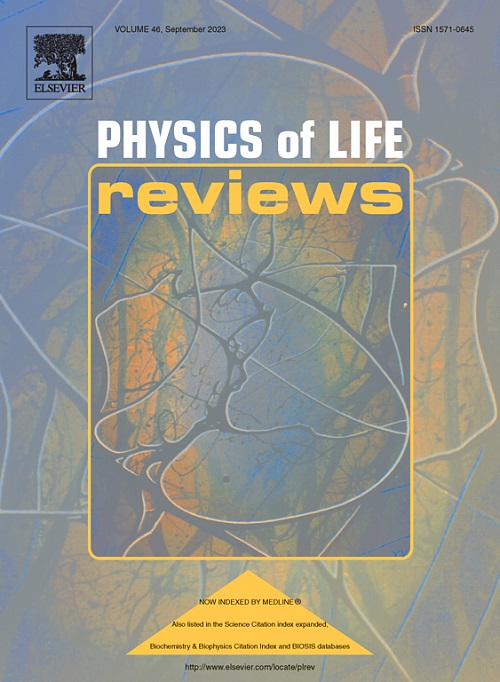个人空间表征的计算模型
IF 14.3
1区 生物学
Q1 BIOLOGY
引用次数: 0
摘要
周围空间(PPS)是靠近身体的空间区域,是与环境交互主要发生的多感官界面。这个空间由一个专门的神经系统表示,该系统将触觉和外部刺激作为它们与身体距离的函数进行整合。先前的研究揭示了PPS表征的可塑性和动态特性,PPS编码与高级认知功能(如社会认知)之间的联系,以及它在神经和精神疾病中的改变。这些发现扩展了PPS的定义,并导致了一系列PPS计算模型的发展,解决了PPS编码的原因和方式。虽然计算模型对于推进我们对PPS表示的机制和功能理解至关重要,但之前没有研究过这些模型。在这里,我们通过分析PPS的计算模型来解决这一差距,并提出一种分类法,根据它们的描述水平、重现经验发现的能力和生成新预测的能力对它们进行分类。这一努力使我们提出,PPS可能最好被理解为一种检测身体-环境相互作用中的时空规律的系统,以便预测潜在的未来相互作用。因此,我们建议将PPS重新定义为一个统一的时空场,既包括空间维度,也包括时间维度。本文章由计算机程序翻译,如有差异,请以英文原文为准。
Computational models of peripersonal space representation
Peripersonal space (PPS) is the region of space near the body, the multisensory interface where interactions with the environment predominantly occur. This space is represented by a specialized neural system that integrates tactile and external stimuli as a function of their distance from the body. Previous studies uncovered plastic and dynamical properties of PPS representation, links between PPS encoding and higher-level cognitive functions (e.g., social cognition), as well as its alterations in neurological and psychiatric disorders. These findings have expanded the definition of PPS and have led to the development of an array of computational models of PPS, addressing the why and how of PPS encoding. Although computational models are crucial for advancing our mechanistic and functional understanding of PPS representation, no prior work has reviewed these models. Here, we address this gap by analysing computational models of PPS, and proposing a taxonomy to classify them based on their level of description, capacity to reproduce empirical findings, and ability to generate novel predictions. This effort leads us to propose that PPS may be best understood as a system that detects spatiotemporal regularities in body-environment interactions, in order to predict potential future interactions. Hence, we suggest re-defining PPS as a unified spatiotemporal field that integrates not only spatial dimensions, but also temporal ones.
求助全文
通过发布文献求助,成功后即可免费获取论文全文。
去求助
来源期刊

Physics of Life Reviews
生物-生物物理
CiteScore
20.30
自引率
14.50%
发文量
52
审稿时长
8 days
期刊介绍:
Physics of Life Reviews, published quarterly, is an international journal dedicated to review articles on the physics of living systems, complex phenomena in biological systems, and related fields including artificial life, robotics, mathematical bio-semiotics, and artificial intelligent systems. Serving as a unifying force across disciplines, the journal explores living systems comprehensively—from molecules to populations, genetics to mind, and artificial systems modeling these phenomena. Inviting reviews from actively engaged researchers, the journal seeks broad, critical, and accessible contributions that address recent progress and sometimes controversial accounts in the field.
 求助内容:
求助内容: 应助结果提醒方式:
应助结果提醒方式:


